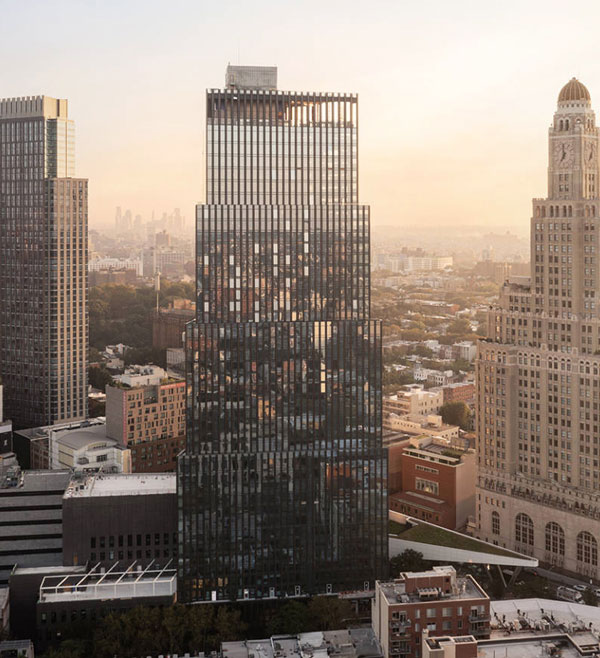There is considerable momentum underway across many levels of governments to electrify homes and larger commercial and residential buildings.
Mandates that restrict or ban the installation of natural gas lines and other fossil fuel energy sources to new buildings are sometimes coupled with financial incentives to make the switch to electric.
Last year, New York State became the first U.S. state to pass legislation restricting the use of natural gas, by either banning new connections or banning its use for heating and cooking in certain new buildings.
Across the country, 70 cities including Chicago and Seattle, have adopted regulations requiring or incentivizing all-electric building construction.
In Canada, the province of Québec followed up its 2021 prohibition of installations of oil-fired boilers and water heaters in new residential buildings with a ban on replacement of fossil-fuelled appliances in existing buildings after Dec. 31, 2023. Other Québec municipalities have instituted their own oil and natural gas restrictions and bans, as have Vancouver and Nanaimo in the west.
Municipalities in some provinces that have not made such strong moves are charging gas delivery companies an access fee.
This has raised tens of millions for the required gas line infrastructure instead of those costs being shouldered by taxpayers.
Meanwhile, Toronto City Council is considering banning any new natural gas infrastructure required for residential appliances as well as the elimination of what some call, “a free pass” that allows gas provider Enbridge to use an underground network of pipes to deliver gas to customers.
All this pressure is intended to encourage increased electrification.
However, some governments like Ontario are not on the same page. It contributes to a confusing landscape for developers and owners when planning the future of new or existing commercial and residential buildings.

On May 16, Ontario passed Bill 165, allowing new gas connections to be paid over 40 years by the existing customer base. This move is in defiance of a recent mandate issued by the Ontario Energy Board, the province’s arms-length regulator. It had ordered new connections to be paid up front.
The government claims Bill 165 maintains customer choices and will make homes more affordable.
However, Adam Fremeth and Brandon Schaufele of the Ivey School of Business conclude when all matters are considered, “the government gains very little on its affordable housing goals.”
If it isn’t already challenging enough for developers to plot a move towards electrification, it is even more complex when confronted with regional fluctuations in energy costs and the Federal Carbon Tax.
The cost for natural gas and electricity varies greatly across Canada. That means the financial implications of choosing natural gas or electric are impacted by geographic location.
Alberta currently enjoys the lowest price for natural gas by a wide margin. Rates in British Columbia and Ontario are 45 and 70 per cent higher respectively. Nova Scotia pays between 250 and 400 per cent more, depending on volumes used. The flat-rate Federal Carbon Tax reduces these differences mathematically, but significant regional disparities remain.
Meanwhile, electricity prices in Alberta are 330 per cent higher than in Quebec.
In the U.S., courts have held up electrification.
In California, a lawsuit filed by restaurant groups effectively crippled the ban on natural gas in the City of Berkeley. As a result, nearby Palo Alto now appears ready to drop enforcement of its 2022 all-electric requirement for all new buildings. A ripple effect across the country may be underway that could reverse the electrification movement.
Furthermore, extensive electrification retrofits for existing buildings are financially challenging.
Building owners and operators in New York City are being forced to comply with Bylaw 97, which penalizes larger buildings that fail to reduce emissions by 40 per cent by 2030 and reach net-zero by 2050. Consultants hired by a group of equity co-ops and rental property owners controlling 33,860 apartments discovered compliance would cost $77,000 per unit or an estimated total of $2.6 billion.
John Bleasby is a Coldwater, Ont.-based freelance writer. Send comments and Climate and Construction column ideas to editor@dailycommercialnews.com.






Recent Comments